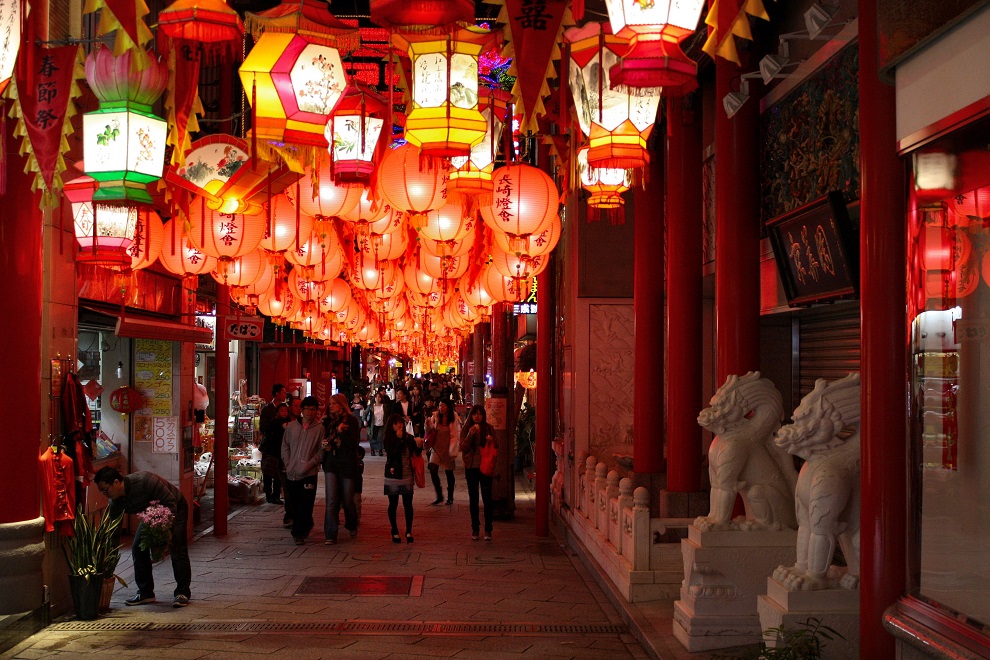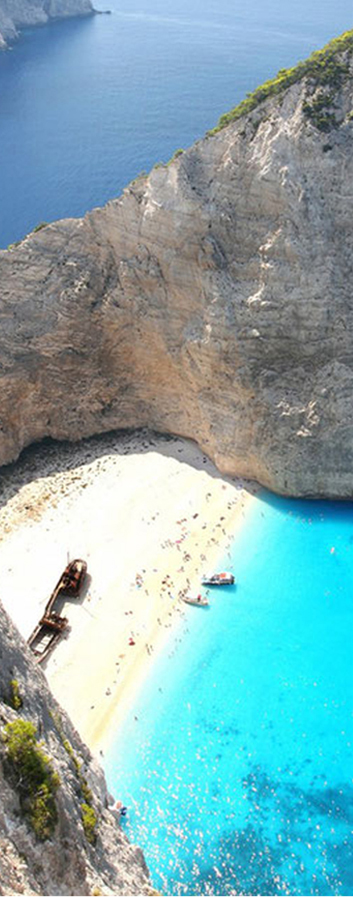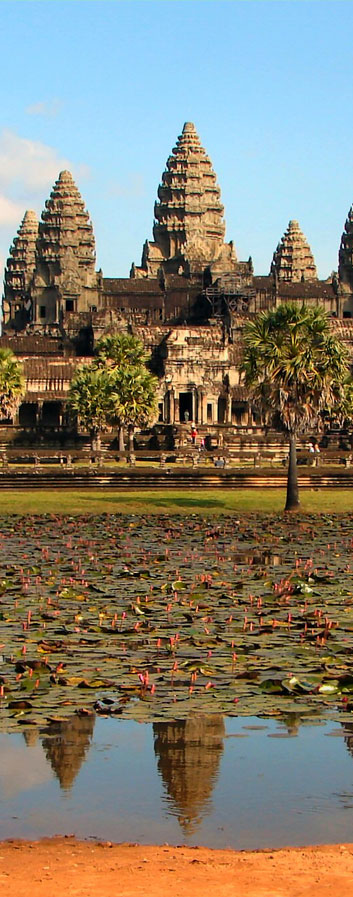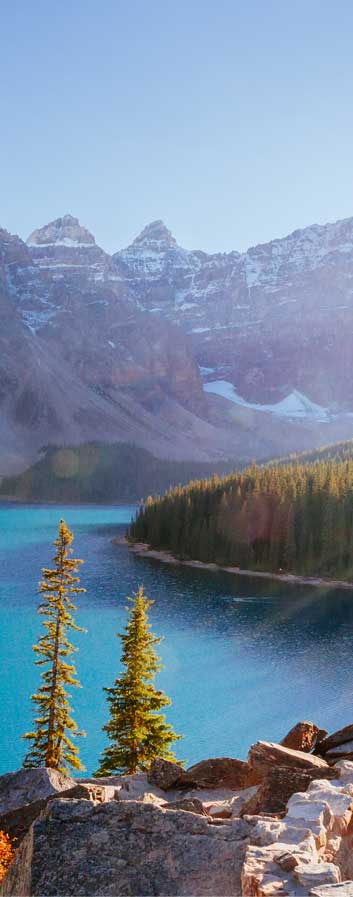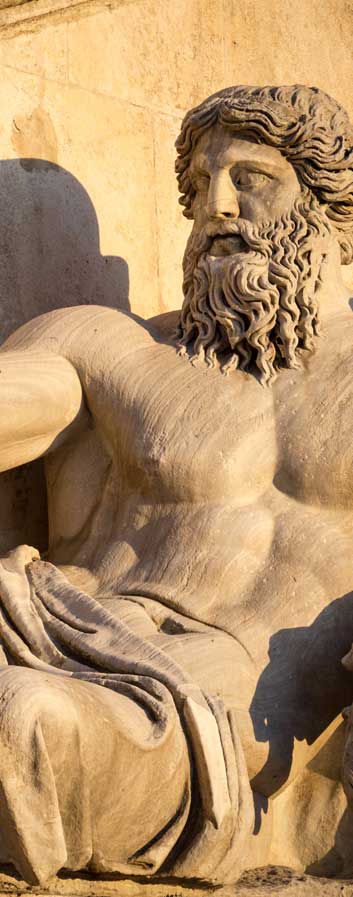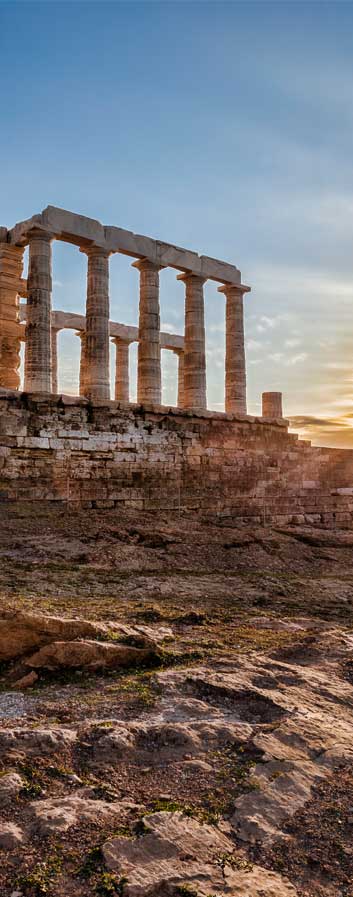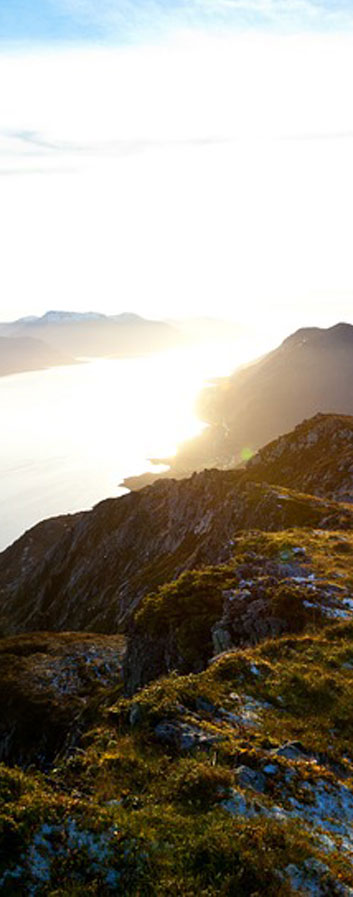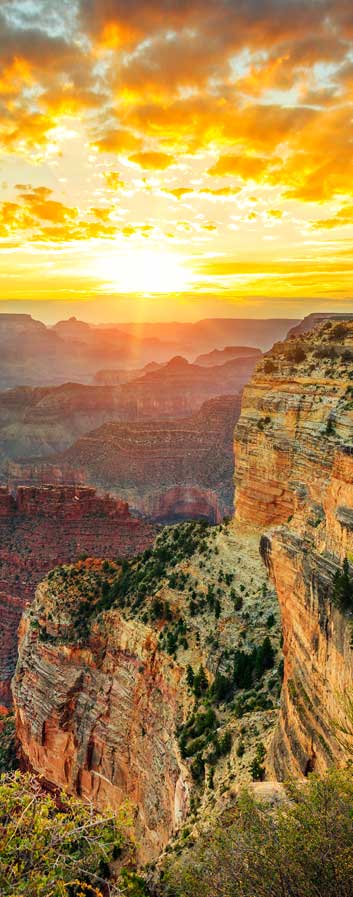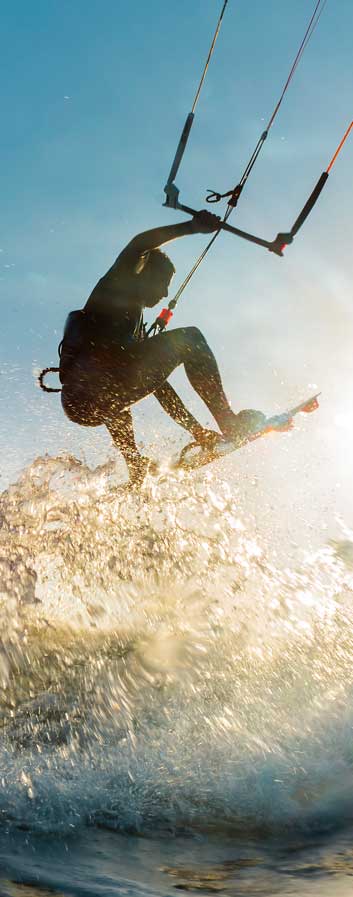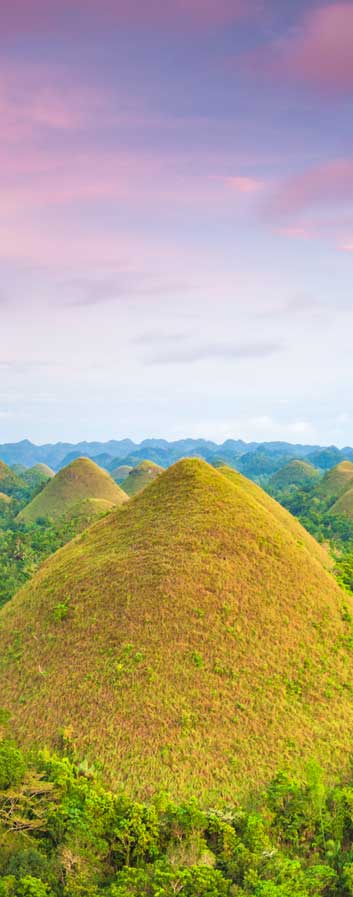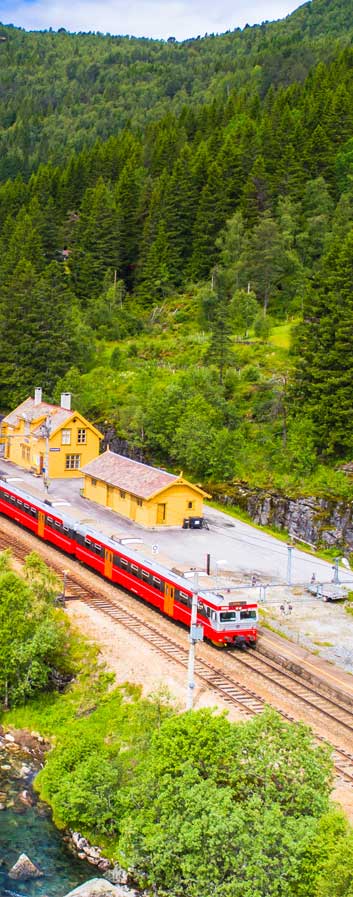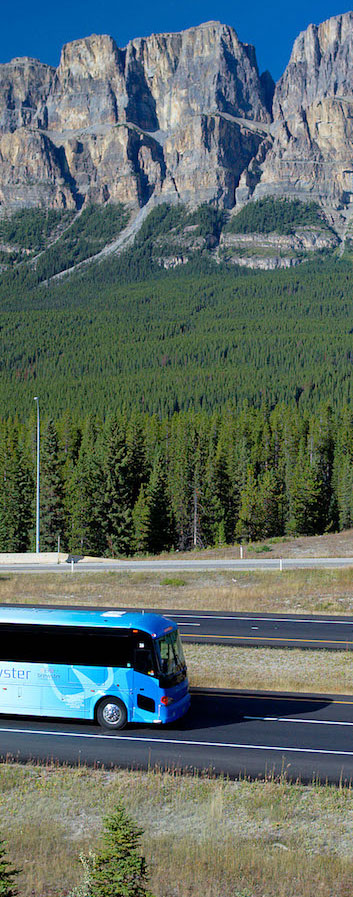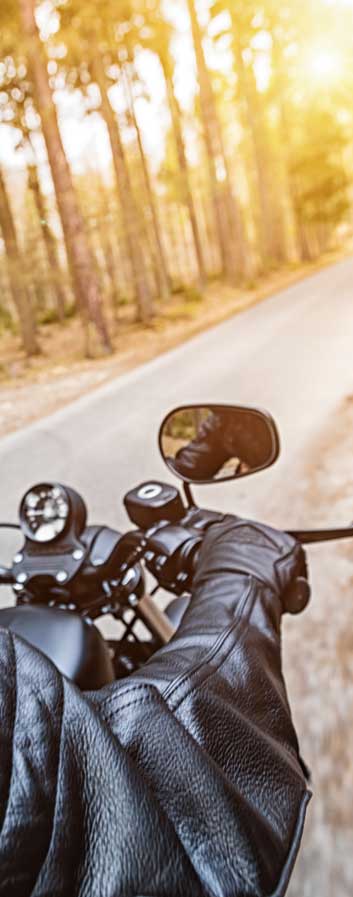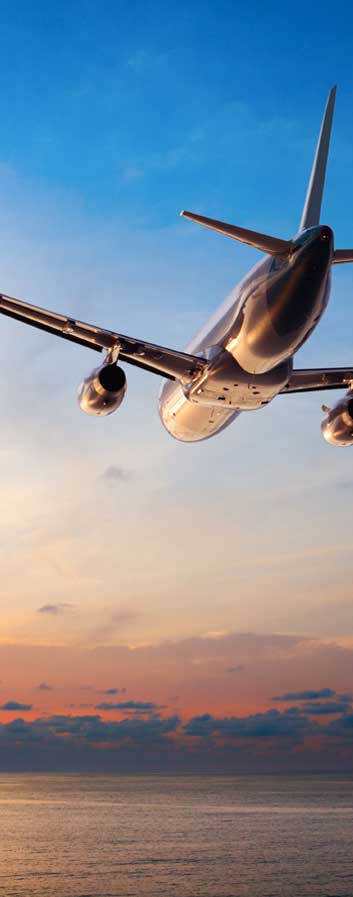Nagasaki
Nagasaki (長崎) is an attractively situated port city on the island of Kyushu and the capital of Nagasaki Prefecture.
As one of Japan's closest port cities to the Asian mainland, Nagasaki has played a prominent role in foreign trade relations for many centuries and was the most important of only a very few ports open to restricted numbers of foreign traders during Japan's period of isolation. In more recent history, Nagasaki became the second city after Hiroshima to be destroyed by an atomic bomb towards the end of World War II.
Gunkanjima is a small island located about 20 kilometers from Nagasaki Port. Until 1974, the island served as a coal mine, and more than 5000 residents called the 480 meter long, 150 meter wide island home, resulting in the highest population density in history recorded worldwide.
To accommodate so many people in such a small area, every piece of land was built up so that the island came to resemble a massive battleship. In fact, "Gunkanjima" is a nickname that means "battleship island" in Japanese. The island's formal name is Hashima.
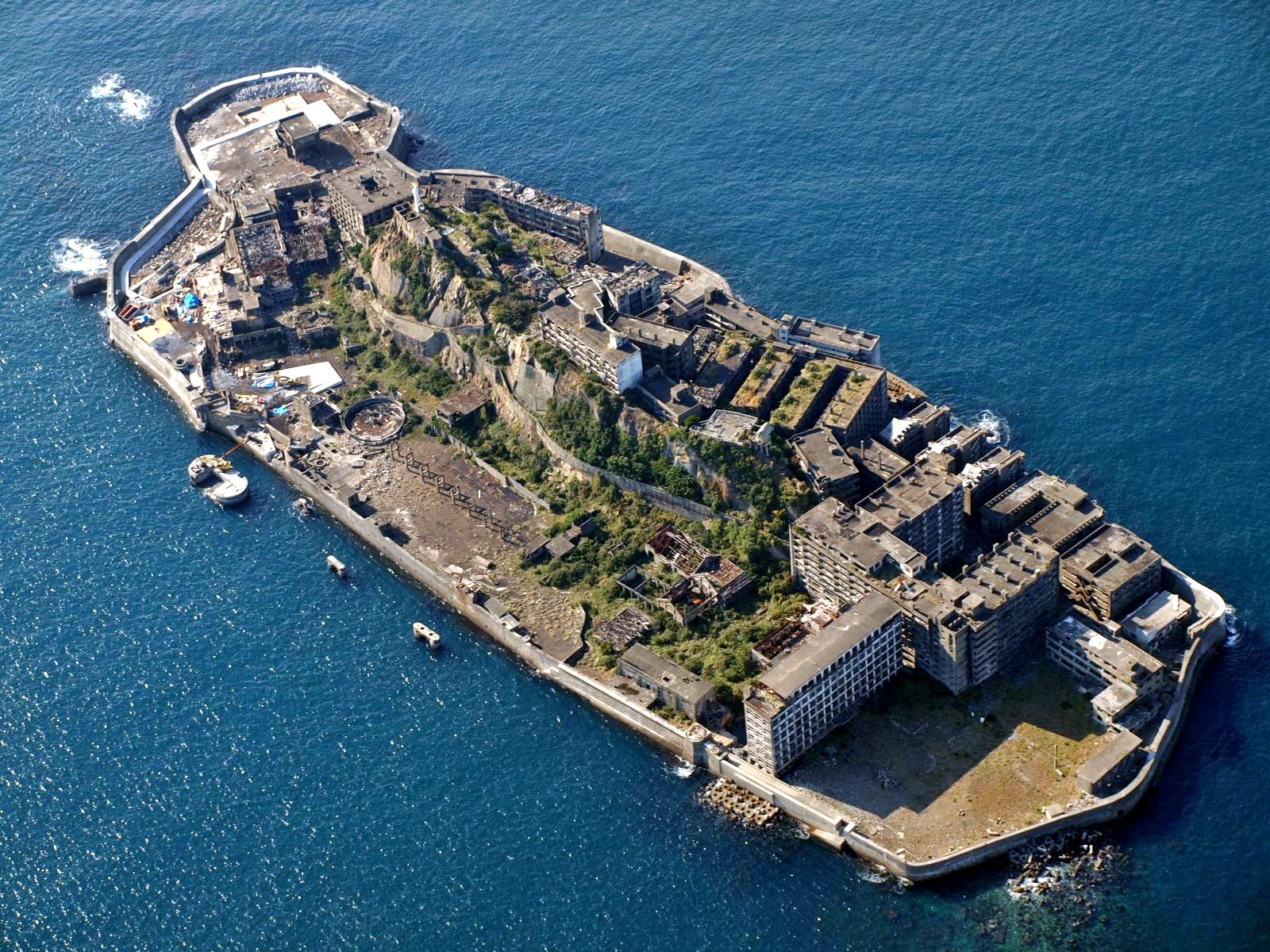
The Nagasaki Peace Park commemorates the atomic bombing of Nagasaki of August 9, 1945, which destroyed wide parts of the city and killed ten thousands of inhabitants. In the park stand the massive Peace Statue as well as various other memorials. A monument around a black pillar marks the atomic explosion's epicenter in the nearby Hypocenter Park and stores the name list of bomb victims. Above the park stands the sobering Nagasaki Atomic Bomb Museum.
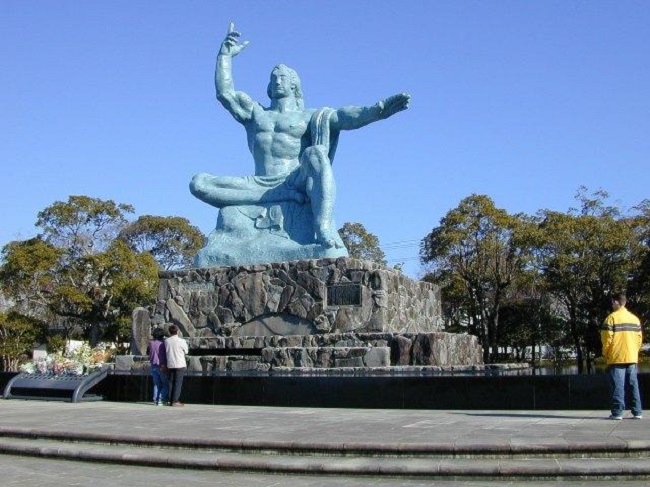
Mount Inasa (Inasayama) is a 333 meter high mountain in close distance to Nagasaki's city center. The summit can be reached by ropeway, bus or car and offers great views over the city. In fact, the night views from Mount Inasa are ranked among Japan's three best night views besides the views from Mount Hakodate and Mount Rokko. Several television and radio antennas and an observation deck with restaurant are located at the summit.
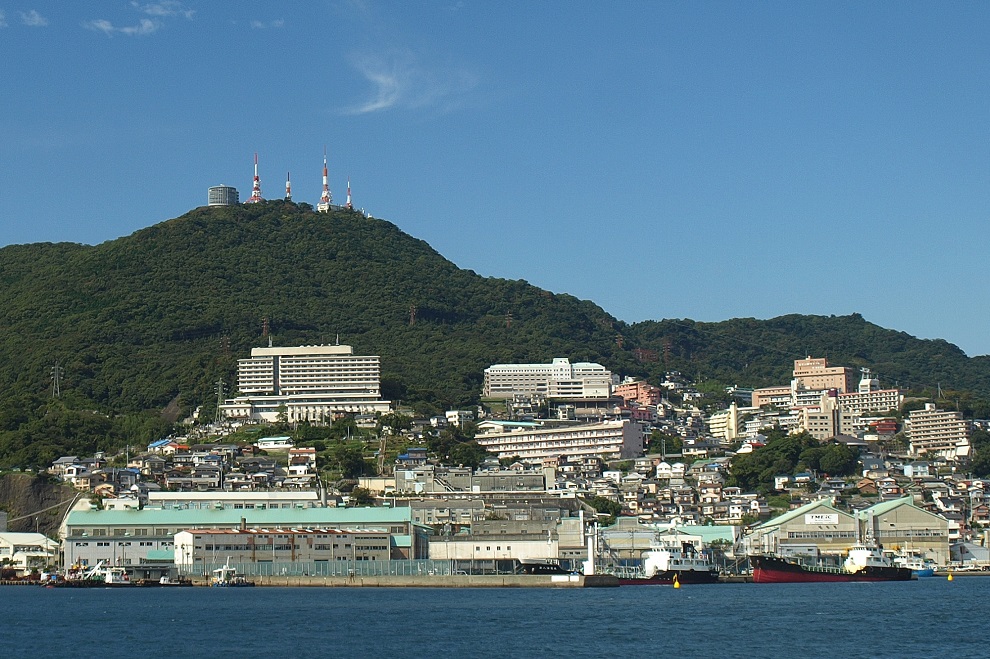
The Nagasaki Kunchi is the festival of Suwa Shrine, held annually in Nagasaki on October 7-9. The Nagasaki Kunchi has been celebrated for more than 370 years and incorporates different aspects of Chinese and Dutch cultures, which have played a role in the city's history. The festival's name is believed to come from ku-nichi ("9th day"), the ninth day of the ninth month of the lunar calendar. The festival highlight are dance and show performances by groups representing Nagasaki's various city districts. Each district (odori-cho), participates only once every seven years, so this festival remains fresh to even the regular viewer.
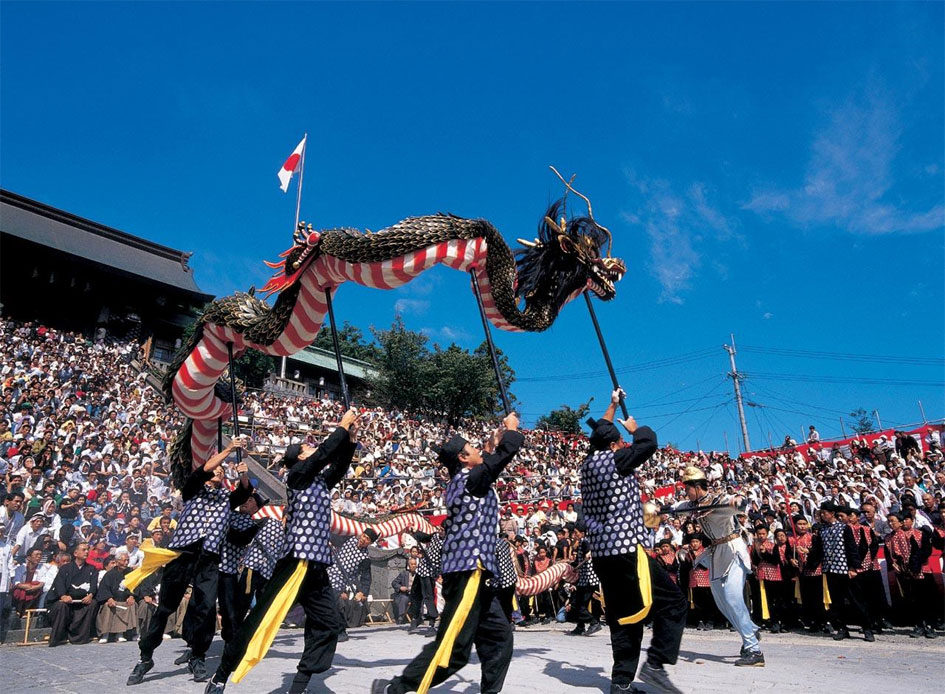
Glover Garden is an open air museum, exhibiting mansions of former Western residents of Nagasaki. It is located on the hill where Western merchants settled down after the end of Japan's era of seclusion in the second half of the 19th century. The exhibited buildings include the mansions of British merchants Frederick Ringer and William Alt and the former residence of Thomas Glover, a Scottish merchant. A nice panorama of the city can be enjoyed from the garden.
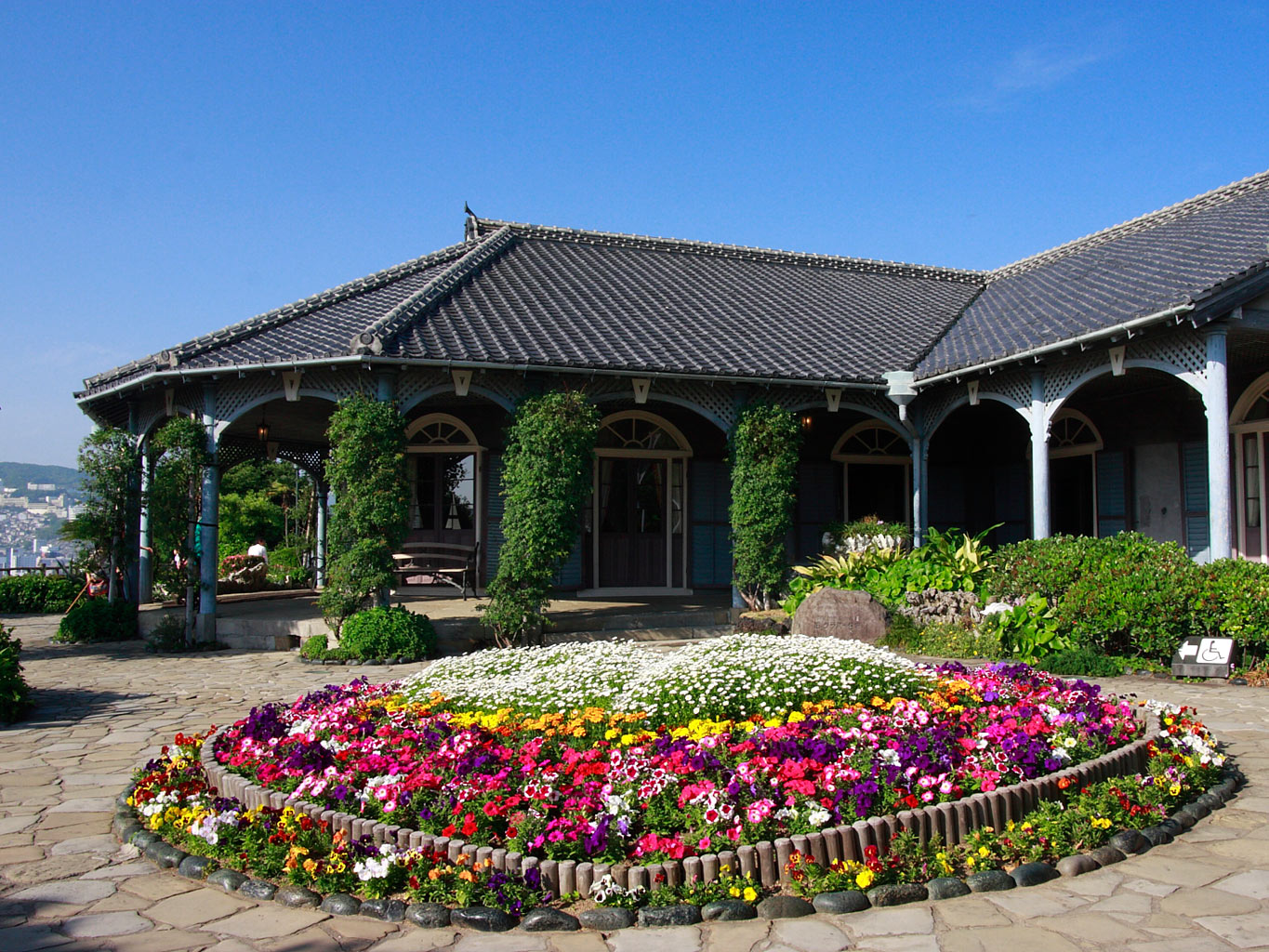
Dejima was a man made island in the port of Nagasaki, constructed in 1636 to segregate Portuguese residents from the Japanese population and control their missionary activities. A few years later, the Portuguese were expelled from Japan, and a Dutch trading factory, formerly located in Hirado, was moved to Dejima. The Dutch workers, the only remaining Westerners allowed in the country, were restricted to Dejima during Japan's two centuries of isolation. Today, Dejima is not an island anymore, as the surrounding area has been reclaimed during the 20th century. However, a number of Dejima's historical structures remain, have been or are being reconstructed in the area, including various residences, warehouses, walls and gates.
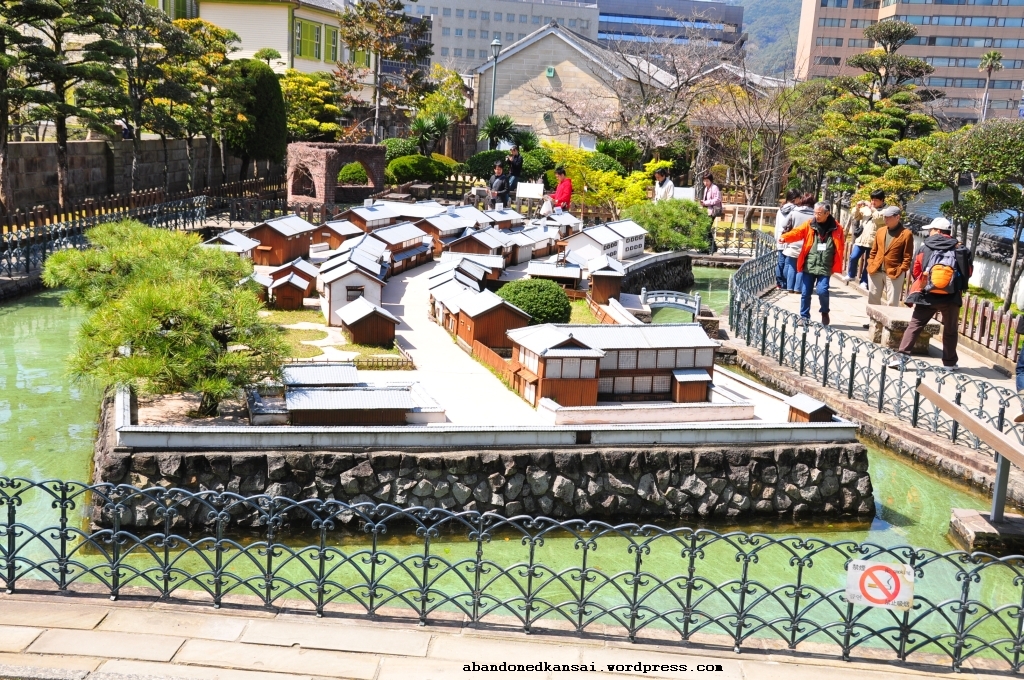
Nagasaki Chinatown, also known as Shinchi Chinatown, is Japan's oldest chinatown. It was established as early as the 17th century, due to the fact that Nagasaki's port remained the country's only major port opened to Chinese trade during the era of isolation. Over the centuries, the residents of Shinchi Chinatown have bestowed the city of Nagasaki with a Chinese flair not felt in any other of Japan's major cities. Today, Nagasaki's chinatown is best known for its restaurants and their two most famous local noodle dishes, champon and sara udon. Restaurants typically open between 11:00 and 15:00 for lunch and from 17:00 to 21:00 for dinner.
